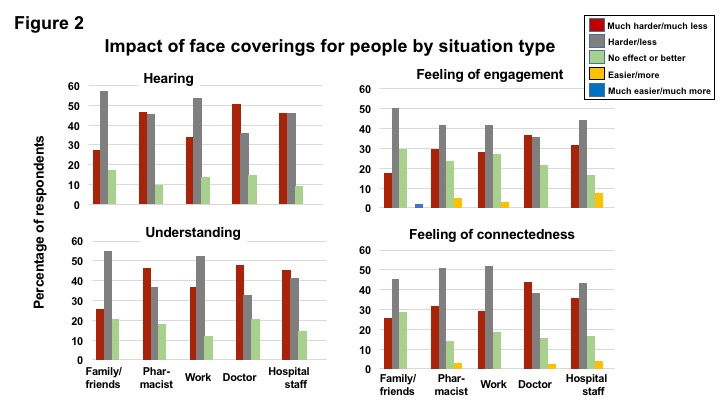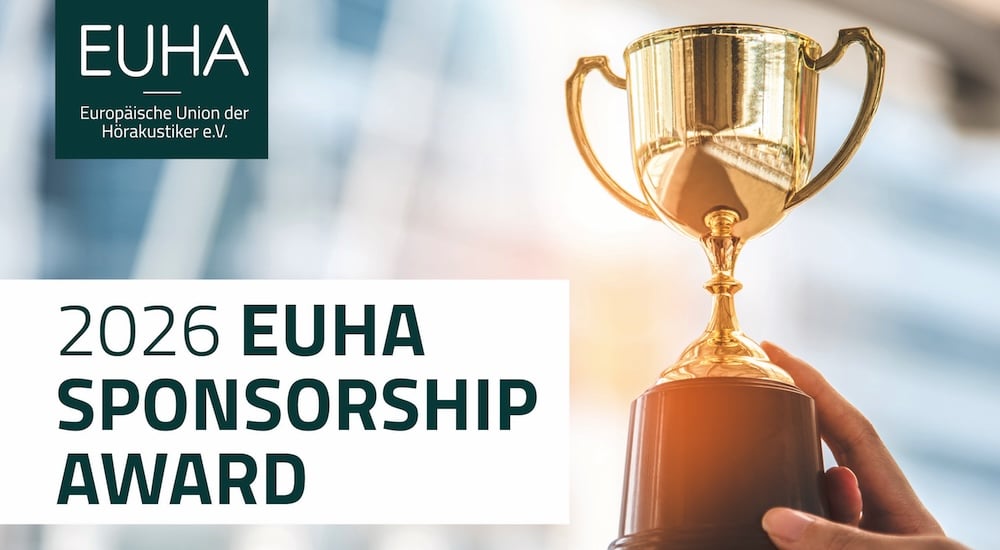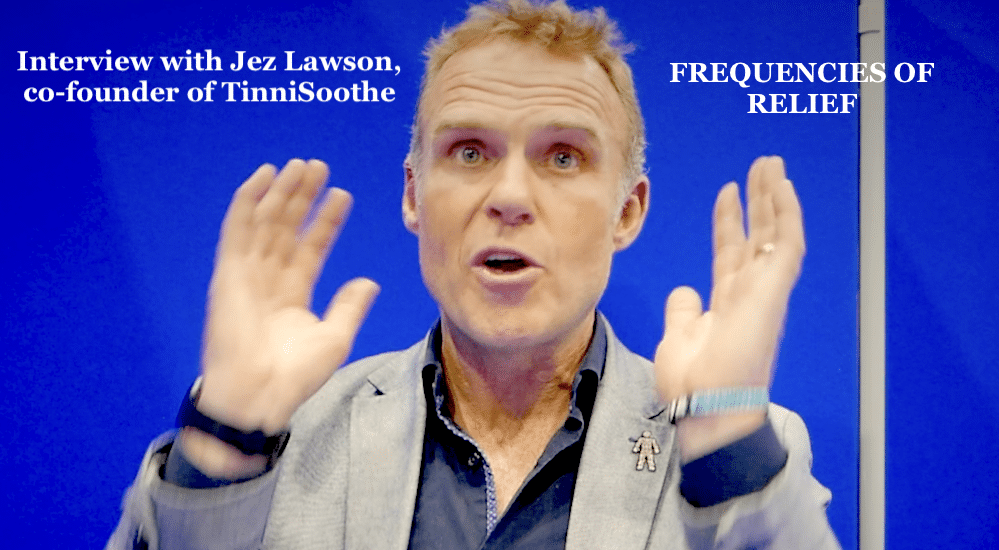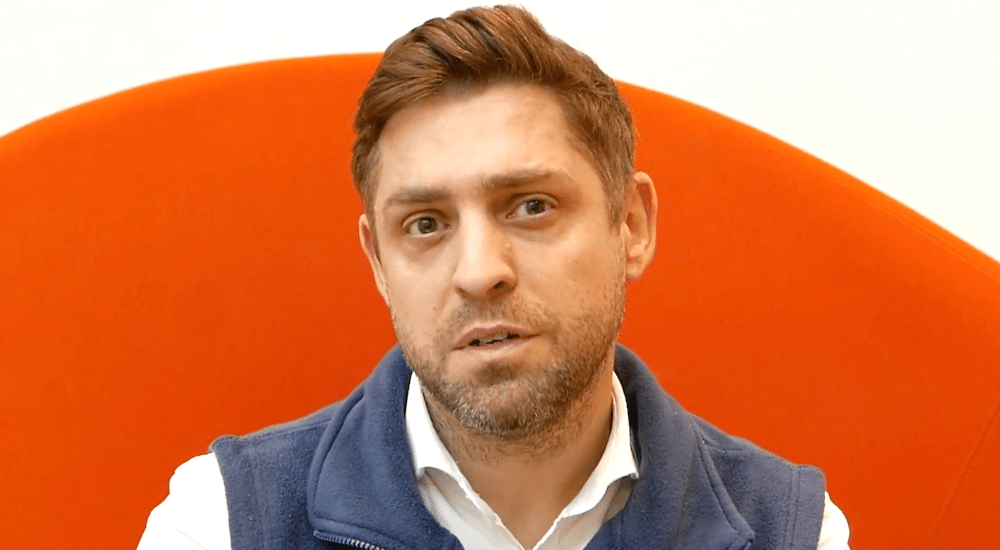Masks muzzle communication in audiology
covid
An ongoing study by the University of Manchester has underlined that use of face coverings is leaving patients and professionals struggling to engage and connect.

Reactions to having to work in face coverings have run the gamut from abhorrence to happy tractability, and even acceptance of a two-mask solution. Hearing firms and professional groups have tried to help sugar the pill by providing copious guidelines and tips, and many researchers and clinicians have tweeted loud their protests about the impact on communication for the hearing impaired and hearing care professionals.
Current research carried out at the University of Manchester suggests that communication is hindered by masks, whether they are opaque or transparent, the latter kind having initially raised hopes, since these allowed lips and faces to be seen.
Dr. Gabrielle Saunders, senior research fellow at the Manchester Centre for Audiology and Deafness (ManCAD), has expanded on research by another senior research fellow, Michael Stone, who has examined the acoustics of measuring the impact of masks on sound transmission. ˝My question, is a bit more clinical than Michael’s˝ Dr. Saunders told Audio Infos, ˝I wanted to know what the impacts of masks are on people and communication.˝ So this researcher and her colleagues produced a soon-to-be-published survey study with results that will make interesting reading not just for audiology folk but for anyone having to communicate in masks.
The survey—Indirect impacts of COVID-19 on hearing and communication – Face coverings— canvassed the opinions of 460 individuals, mostly through social media, to a broad sample rich in university-educated professionals and with a ˝disproportionate number of people with hearing loss˝. Hearing aids were worn by 41%, cochlear implants by 9.2%.

Transparent or opaque, it is a trade-off
The survey asked respondents to reply about the effects on communication of both listening to someone wearing a mask and of wearing a mask oneself. Dr. Saunders explained: ˝My thought was that it is not just about hearing and understanding, it’s also about engagement and connectedness. The findings should help answer the question as to whether the solution is a transparent mask which allows one to see the face, lips, and expressions but has poorer acoustics, or a cloth one which covers up the face but is less detrimental to the sound? I wanted to find out about this, but also to understand how it changes the way that you, as a mask wearer, communicate. And from our data, it clearly does.˝
Masks, of course, come in different forms. There are opaque masks of different materials, and there are transparent masks, and transparent visors. ˝What Michael Stone has now shown is that, in terms of sound transmission, visors are the most detrimental. Unfortunately, the transparent masks we have so far encountered don’t stay on well, they don’t seal around the cheeks well, and acoustically they are worse than most of the material or surgical masks,˝ pointed out Dr. Saunders. The ManCAD researchers’ aim with these studies is the development of a transparent mask that enables speech reading but with minimal damage to acoustics, but advancing this will depend on grant money now applied for to UK Research and Innovation (UKRI).
Feeding into the survey is a currently insurmountable compromise. ˝Apparently, there is this current trade-off between seeing the face and lips but not hearing as well, or not seeing the face and lips and being able to hear better?˝ said Dr. Saunders.
Results
˝When you examine the impact of face coverings on communication it is seen that they impact everyone, regardless of their hearing ability; however, they certainly impact people with hearing loss more,˝ this academic stresses.
Survey answers currently being analysed by the study’s authors reveal that people who wear hearing aids report significantly more negative impacts on communication then those who do not. Asked ˝Do you communicate differently when wearing a face covering?˝ respondents replied – Yes: 58.9%; Maybe: 17.4%: No: 23.8%. Even what is communicated is apparently affected: Answers to ˝Do you think the NATURE of your conversation differs when you are wearing a face covering?˝ came in – Yes: 45.7%; Maybe: 25.4%; No: 28.9%.
The list of problems reported covered speaking less; not being as chatty; being shorter with conversation; the creation of a barrier; not being able to see expressions; keeping interactions basic; avoiding communicating; finding the interaction stressful; and feeling nervous.
Medical situations ˝much harder˝
Difficulties while wearing a face covering were rated on a five-point scale, says Dr. Saunders, ˝A larger proportion of people said face coverings made it much harder to hear and connect with their doctor than said it was harder to hear and connect with their doctor. The converse was true for communicating with family/friends, and at work, with a greater proportion saying it was harder than much harder to hear and connect in these situations. So it seems that face coverings more negatively impact situations in which the content of the communication is important to the listener˝ ˝Something to bear in mind,˝ she added, ˝is that we did this survey in April and May, at a time when there were fewer people in the UK wearing face coverings. It would be interesting to know whether feelings about how face coverings affect social connnectedness and engagement will change as we become more used to people wearing them; maybe we adjust.˝ A follow-up survey to check this would be easy to carry out, says Saunders, and ˝it would be interesting to do so in the future.˝
Can audiology professionals work as efficiently when wearing masks?
The writer of this article has no doubts about saying he cannot work as well (write, think, communicate) if wearing a face covering, and if he were obliged to wear a mask constantly during work, he would think about stalling his professional activities on the grounds that the results would not be of the same standard. In conversation, remotely and without masks, Dr. Saunders reveals the same discomfort about mask wearing, although she animatedly supports the remote telehealth practices that have emerged as an unexpected advantage of lockdown measures.
˝Wearing of masks by healthcare providers is unfortunately going to affect face-to-face practice, but if there’s a silver lining to all this, it is that all medical specialities, including audiology, have rapidly found ways to provide care remotely. When using video connections, face coverings are not an issue, – although of course imperfect video connections still impact the ability to use cues from the lips.”
In another soon-to-be-published paper led by Dr. Saunders, she asked audiologists how they have been changing their practice since COVID-19 restrictions came into place. Although respondents expressed several reservations about remote care, ˝audiologists seem to be pleasantly surprised by its capabilities.˝
Although enthusiastic about telecare, and someone ˝pleasantly surprised˝ at the success of online meetings, Dr. Saunders admits that there are still many individuals whose grasp of, and access to, technology is too slender for them to reap the benefits of remote tools. ˝Yes, there are people who simply cannot use or don’t have access to the tools needed to receive remote care. Provision of face-to-face care will always remain a necessity so we need to optimise our face-to-face care as best we can, and this takes us back to the need for masks that enable good, clear communication,˝ underlined Dr. Gabrielle Saunders.
Source: AUDIO INFOS UK
 Sign in
Sign in

